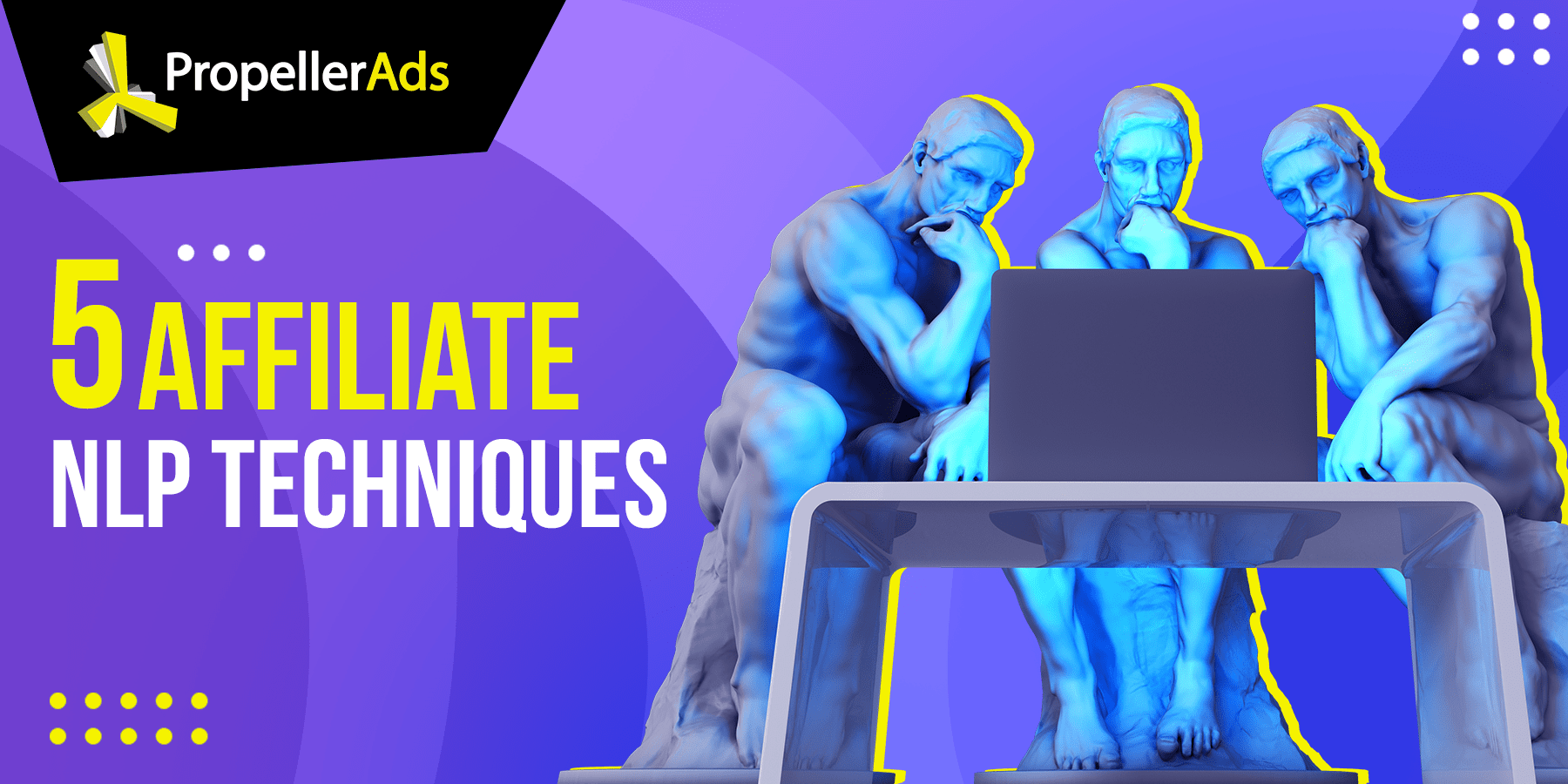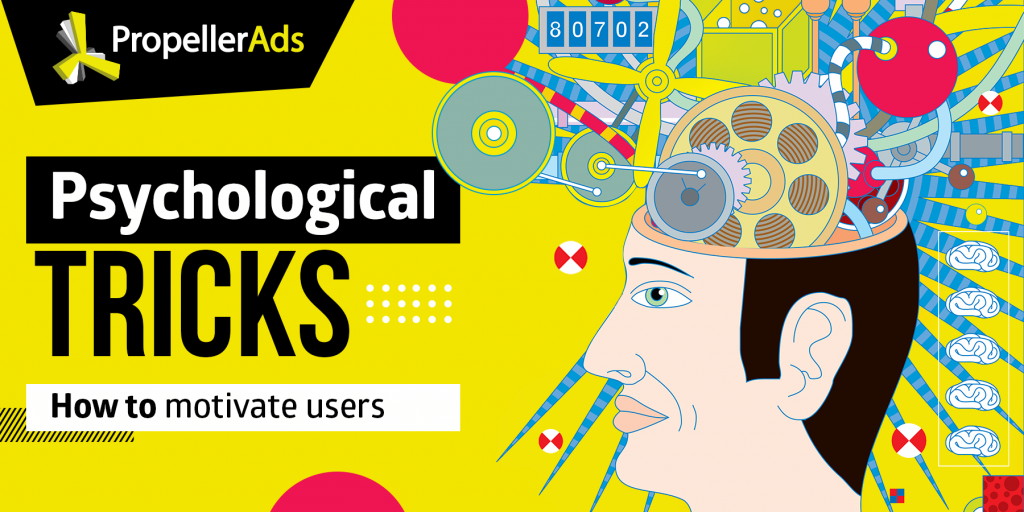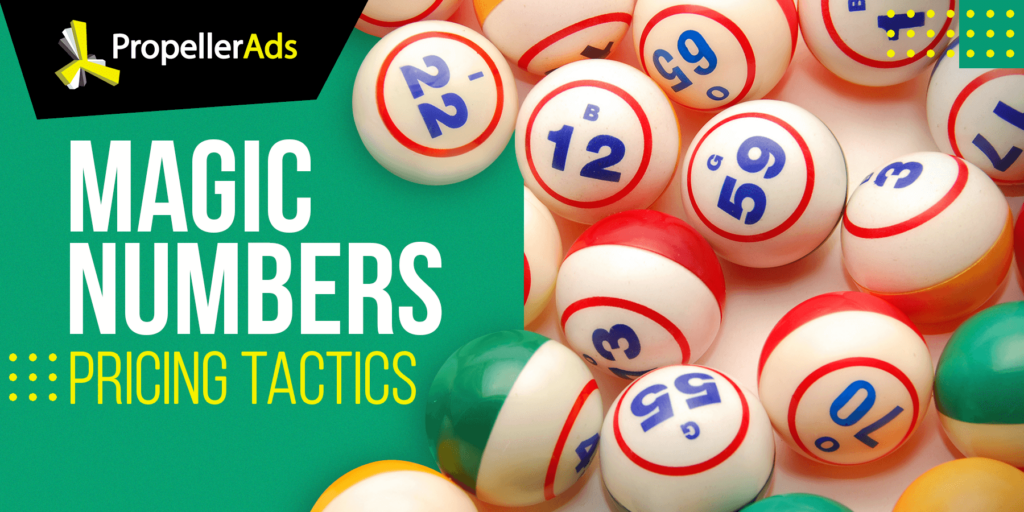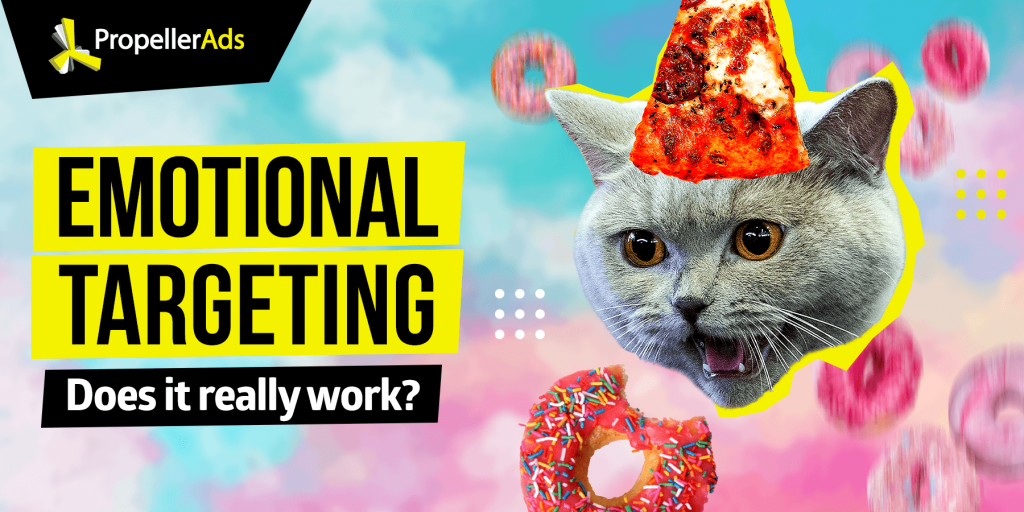5 Affiliate NLP Techniques that Never Go Out of Style

The main goal of an affiliate is to help businesses form long-lasting connections with their target audiences. As you probably already know, this means that you have to monitor a huge number of variables and explore every single technique that may help you achieve this objective, like neuro-linguistic programming.
Although it has a variety of practical applications, neuro-linguistic programming isn’t always easy to understand, especially if you want to implement it into your marketing strategy.
For this reason, we’ve put together a comprehensive article that explains neuro-linguistic programming, its benefits, and some techniques that you can implement into your campaign today.
What’s Neuro-Linguistic Programming (NLP)?
In simple terms, neuro-linguistic programming or NLP is a behavioral model that affiliates and businesses can use to better understand consumers’ decision-making process.
It covers a wide set of subtopics, including how people communicate, the language used, how interactions influence the results we get, and how to incite a change in behavior.
NLP teaches you how to understand your target audience’s thought process and enables you to observe and analyze human behavior from an objective perspective.
Basic Elements of NLP
Neuro-linguistic programming is composed of a variety of different concepts, but the main ones include:
Subjectivity
NLP is based on the idea that everyone perceives the world through a subjective experience, which is influenced by the five senses and the use of language.
For example, when you remember details about your last social gathering, you probably remember the location, music playing in the background, drinks or food you consumed, conversations you had, and other details tied to your senses.

Sensory Awareness
Our perception of reality is determined by our sensory awareness, which is the way we interpret the different stimuli we’re exposed to.
In other words, the reality we perceive depends on how we translate the sounds, images, and textures around us. To master NLP, you need to learn how the sensory input around us shapes our conscious and unconscious thought processes.
Outcome-Based Thinking
In the NLP context, outcome-based thinking can be defined as the idea that people justify their actions by their final objectives.
Meaning, when users have a goal in mind, they are more likely to find the best ways to carry out certain actions.

Behavioral Flexibility
Another core element of NLP, behavioral flexibility is the ability to change your approach based on the results you’re getting. If you’re not getting any closer to achieving your goals, you need to have enough behavioral flexibility to identify another approach and test out different options until you find the best alternative.
NLP Techniques You Can Implement Today
Now that we’ve covered the technical stuff, let’s jump right into the juicy part – going over some of the different techniques and examples of how to use each one.
Some of the most popular NLP approaches include:
#1 Increase Perceived Value Through Disruptive Reframing
Increasing an item’s perceived value through disruptive reframing is the process of changing the angle and wording in your marketing materials.
This practice can help overcome negative preconceptions about a product or deal, allowing you to get a clearer marketing message across.
Example: “Get Started for as Little as 25 Cents Per Week” (rather than saying $13 per year)
#2 Presupposition
Presupposition is an NLP tactic where you assume that one or more things about the product are true and communicate these assumptions to your audience.
It’s a great technique because you can presuppose that customers will make a purchase and that the goods you’re promoting have been rated highly by similar consumers.
Example: “When You Purchase This Device, You’ll See Why Other Techies in Your Area Are So Pleased”
#3 Metaphors and Hyperbole
While our purchase decisions may seem calculated, many experts agree that the purchase decision occurs at a subconscious level.
This is the reason why many marketers use metaphors and hyperbole that speak directly to the audience’s subconscious mind.
Example: “Quality Sweets that Will Ignite a Party in Your Mouth!”
#4 Human Rhythm and Alliteration
Rhythm and alliteration are intangible characteristics, but this doesn’t make them any less powerful.
In simple words, both rhythm and alliteration help you develop more memorable content. And, this doesn’t only apply to content itself, but also your branding (as well as your advertisers’ image).
Example: “Dungeons and Dragons”, “7-Eleven”, “Ronald MacDonald”
#5 Achieve Non-Verbal Communications Through Eye Movement
Did you know that a professional NLP practitioner can determine what parts of the brain someone is using by simply asking questions and analyzing that person’s body language?
Likewise, you can incite certain actions by ensuring that your images include a person that’s following eye accessing cues. The areas being used correspond to the eye patterns as follows:
- Visual remembering: top-right eye movement when facing the person
- Audio remembering: middle-right eye movement when facing the person
- Self-Talk and calculations: lower-right eye movement when facing the person
- Visual construction: top-left eye movement when facing the person
- Audio construction: middle-left eye movement when facing the person
- Tactile: lower-left eye movement when facing the person
Want to find out more about NLP and the best techniques to engage your audience? Subscribe to our email and join our Telegram chat (it’s really fun :P)



